Beauty is said to be in the eye of the beholder, and that’s certainly true of art. Passed down through four generations of my mother’s family is a rather large relief carving of two Brook Trout chasing a minnow that has been alternately cherished and relegated to the attic according to each generation’s affection for the subject matter. It was originally purchased by my Great Grandfather, the son of a country doctor in rural Columbia County, New York, whose own medical career brought him to the faculty of Harvard Medical School and prominence as a Back Bay obstetrician. I’ve always assumed he was a fisherman, but perhaps it was just another decorative piece that he acquired simply because he was the first person in his family with the means to do so.
I have no memory of “the fish” in my grandparents’ home, which is probably a measure of their lack of affection for it. My mother, very much a “fishing widow” and an artist in her own right, loathed it and tried her best to bestow it upon one of the several fishing clubs to which Dad belonged. Somehow it always found its way back into the family and, ultimately, an enhanced level of appreciation among the next generation.
Given my interest in the history of almost everything, it was inevitable that I would try to figure out the story behind this rather curious “painted carving” of which I knew only the artist’s signature and date, L. A. Plummer 1908, and that he was sufficiently skilled to capture the subtleties of both form and color in moving fish. That sort of mastery is unusual, even amongst sporting artists.
Anything in life done really well has usually been done more than once, and it was simple enough to find other works by L. A. Plummer from which to sort out his story.
Leander Allen Plummer II was born on 12 June 1857 in New Bedford, Massachusetts to Leander Allen and Elizabeth (Merrihew) Plummer. The senior Leander Plummer started his career as a clerk at the New Bedford Cordage Company. Founded in 1842 to produce rope for the whaling industry, New Bedford Cordage later diversified to produce binder twine, transmission ropes for the textile industry, and mining cables.
Ultimately, Leander A. Plummer Sr. rose to become President of the company, a Director of the National Bank of Commerce, and one of the wealthiest men in Massachusetts. An 1883 article in the Boston Globe titled “The Rural Rich” listed him as one of six New Bedford men having a net worth in excess of $1,000,000 (the equivalent of some $30,000,000 today).
In 1857, with his circumstances on the rise, Plummer constructed a large Italianate-style home in a sparsely settled area southwest of New Bedford’s central business district. He called the property “Morelands” and, over time, acquired an additional eight lots.
The younger Leander Plummer attended Friends’ Academy in North Dartmouth and Harvard, from which he graduated in 1880 with a master’s degree in mechanical arts. It was an uncommon degree for Harvard at the time, awarded to only two members of what was probably best known as Theodore Roosevelt’s class. His obituary notes that he planned to become a mining engineer, did post-graduate study at the Ecole des Mines in Paris, and worked in mines in both Cornwall and Colorado.
In 1884 Leander A. Plummer Senior died at the relatively young age of 60. It’s likely that the loss of his father afforded Leander II the opportunity for a career change. He married Amelia Hallett Hawes of Fairhaven in 1886 (the marriage record lists his occupation as “artist”) and the couple journeyed to Paris, where he studied at the Académie Julian under Jules Lefebvre and Gustave Boulanger, reportedly specializing in studies of aquatic life. He also studied woodcarving under Swedish sculptor Karl von Rydingsvard, founder of the Arts and Crafts School in Boston.
With the senior Plummer’s death in 1884 ownership of Morelands passed to his son Thomas Rodman Plummer. In 1895 Thomas decided to follow in his younger brother Leander’s footsteps, moving to Paris to study art. Leander II purchased Morelands from his brother and, over the ensuing 19 years, personalized the interior with various paintings and carvings.
Like his father, Leander A. Plummer II died young, succumbing to nephritis on 11 February 1914. He was 56 years old. His wife Amelia survived until 1941 and, on her death, Morelands passed to their unmarried daughters, Anna and Marianne Plummer, who sold the house in 1966. At some point, the house, which originally faced east, was turned north to face Hawthorn Street, perhaps as a response to the increasing encroachment of other homes as the once rural area was swallowed up by the growing city. The mid-20th Century was a difficult period for New Bedford and Morelands fell upon hard times, ultimately being abandoned for 12 years before being taken by the City in lieu of unpaid real estate taxes in 2017. Placed in receivership, the property was conveyed to New Bedford’s Waterfront Historic Area League (WHALE). Established in 1962 as a community-oriented response to the threat posed by urban renewal, WHALE’s mission is to foster historic preservation and continued use of New Bedford’s architectural heritage to enhance community and economic vitality. Over the ensuing six decades WHALE has completed more than 70 restoration and preservation projects in the greater New Bedford area and is responsible for preserving much of the city’s character. Lovingly restored to its former glory, Morelands was sold to a third-party buyer in May of 2020.
While perhaps best characterized as a regional artist of the Arts and Crafts Movement, Leander A. Plummer II’s fish carvings continue to be prized for their detail and the extraordinary accuracy of their form and color.

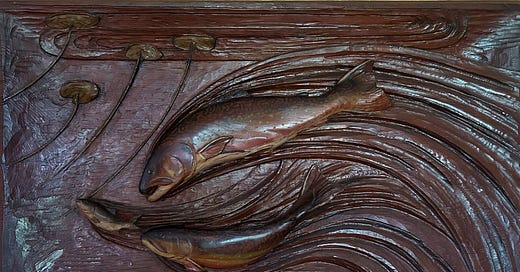



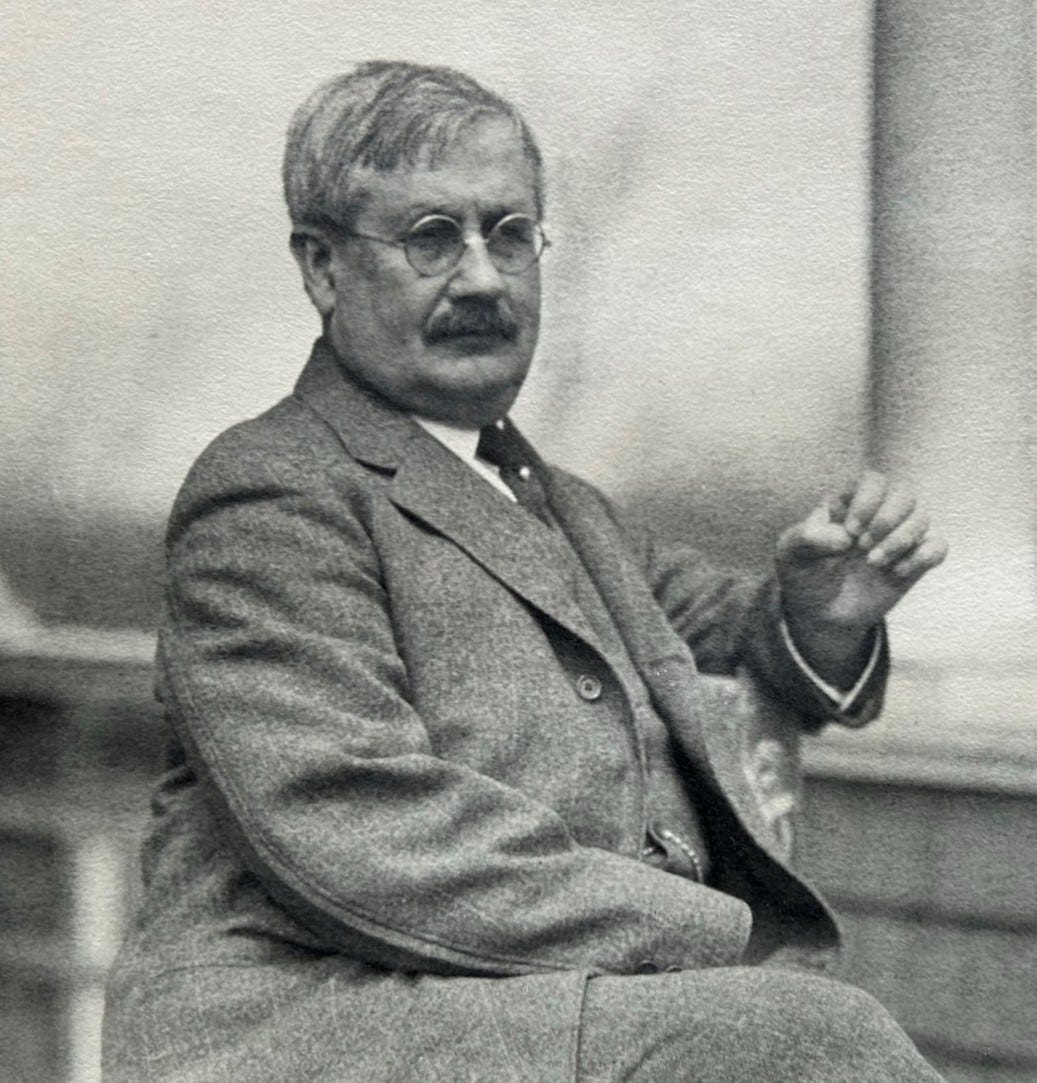


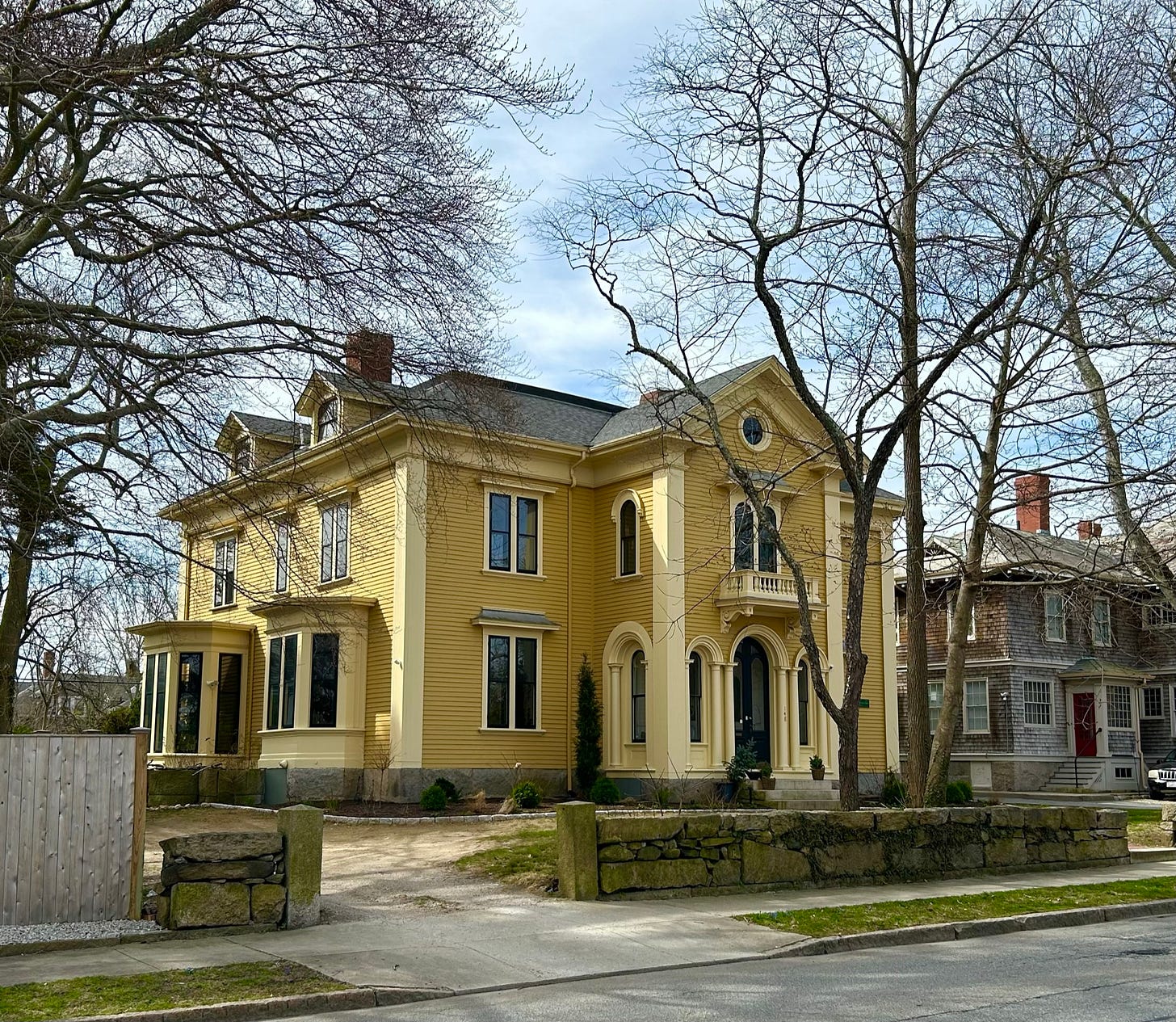

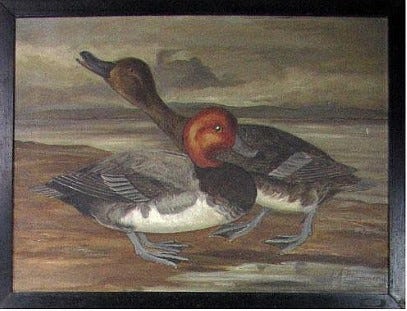

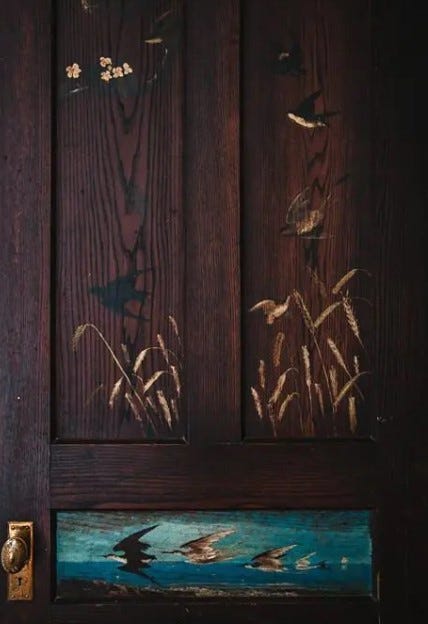
Elisha, This is an enjoyable piece…I admire the research you have done to develop the study! And of course it has a personal appeal for me, as it is another tiny chapter in our family history! Thank you!
The Brook Trout Chasing Minnow is really quite extraordinary. Love that you researched and told the story of a family item. Where in Columbia County, NY? My grandfather & great grandfather were in the Chatham, Rider’s Mill (Rider is a family name) Valatie area.